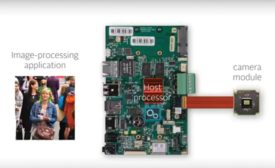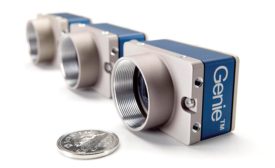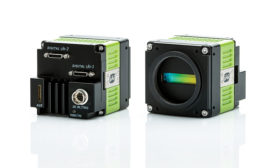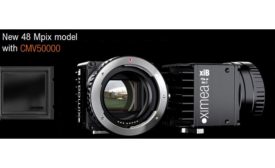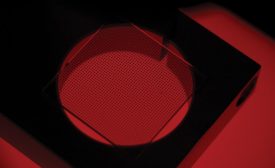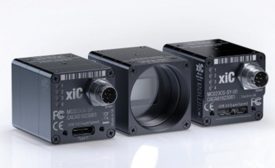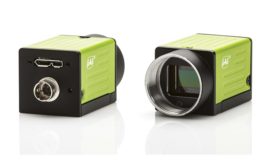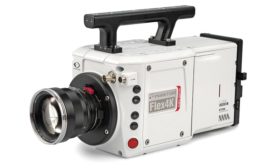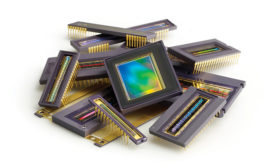Home » cameras
Articles Tagged with ''cameras''
Developers are working to drive out cost and reduce system size while offering enhanced flexibility.
Read More
Machine Vision Applications: The Process of Developing a Complete Solution
The first step is to establish the requirements and determine if it is possible.
September 1, 2017
LED Lighting Tackles High-Speed Imaging Challenges
Understanding the proper choice of lighting is critical when vision systems must operate at high-speed.
July 1, 2017
CMOS Sensors Continue to Advance
Consumer tech drives CMOS sensor advancements and lower costs, and delivers a boon for machine vision applications.
December 1, 2016
Stay in the know with Quality’s comprehensive coverage of
the manufacturing and metrology industries.
eNewsletter | Website | eMagazine
JOIN TODAY!Copyright ©2024. All Rights Reserved BNP Media.
Design, CMS, Hosting & Web Development :: ePublishing
